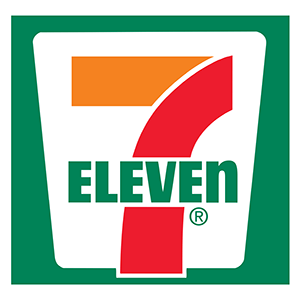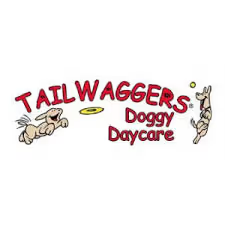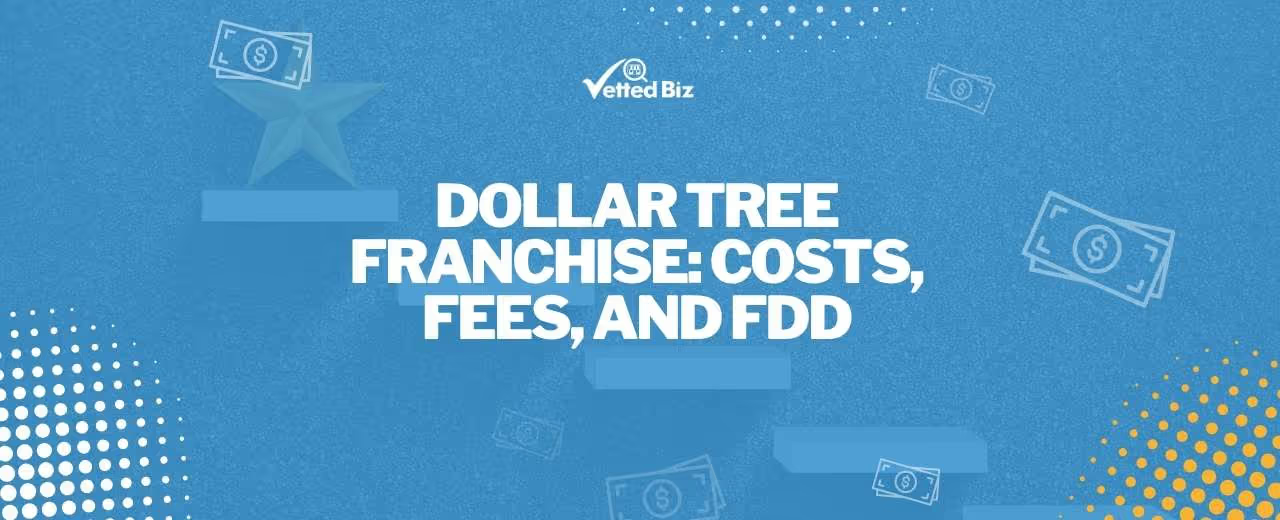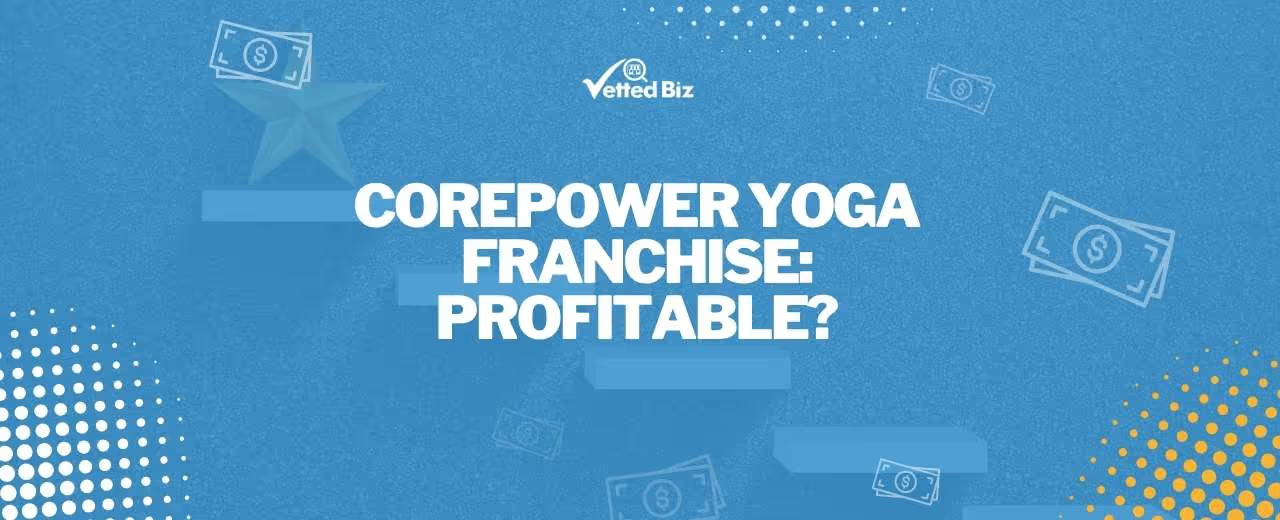Explore the most trusted franchise database
Access the most complete franchise database with verified financials and ownership trends to guide your next move. Whether you're still exploring or ready to invest, we help you find the right fit, faster and smarter.


Trusted by the biggest names in franchising
















Start your search for
a franchise with ease
Browse the best franchise opportunities tailored to your needs. Our platform
offers transparent insights, risk data, and personalized broker matching.
Most Popular Franchises
Find the right franchise.
Backed by data.
Access the leading franchise database with verified financials, performance trends, and risk insights. Whether you're exploring options or ready to invest, we help you make smarter decisions with data you can trust.

Steps you can take
Start your franchise journey at your own pace, explore,
get matched, or speak to a specialist.
Explore franchise database
Unlock in-depth data and financial insights for thousands of franchises and take control of your franchise investment journey today.
Find your match
Not sure where to start? Take our quiz and get matched with franchises that fit your goals, budget, and timeline.
Want to talk to franchise advisor?
Get personalized guidance from a franchise expert. An advisor will help you navigate your options and connect you with top-performing franchises.
Franchise resources & insights
Explore expert guides, data-driven articles, and tools to help you make smarter franchise decisions, whether you're just starting out or ready to invest.





































